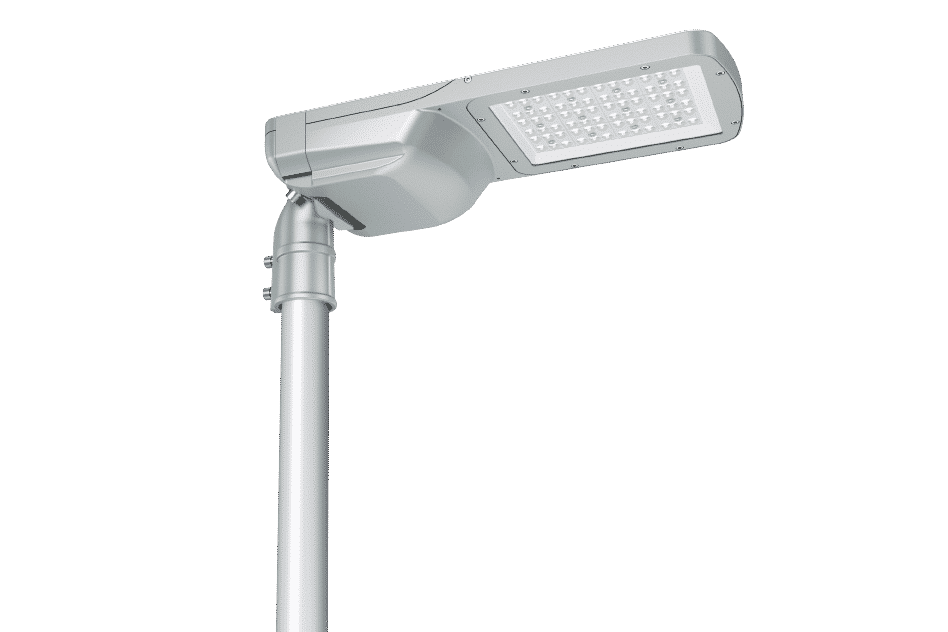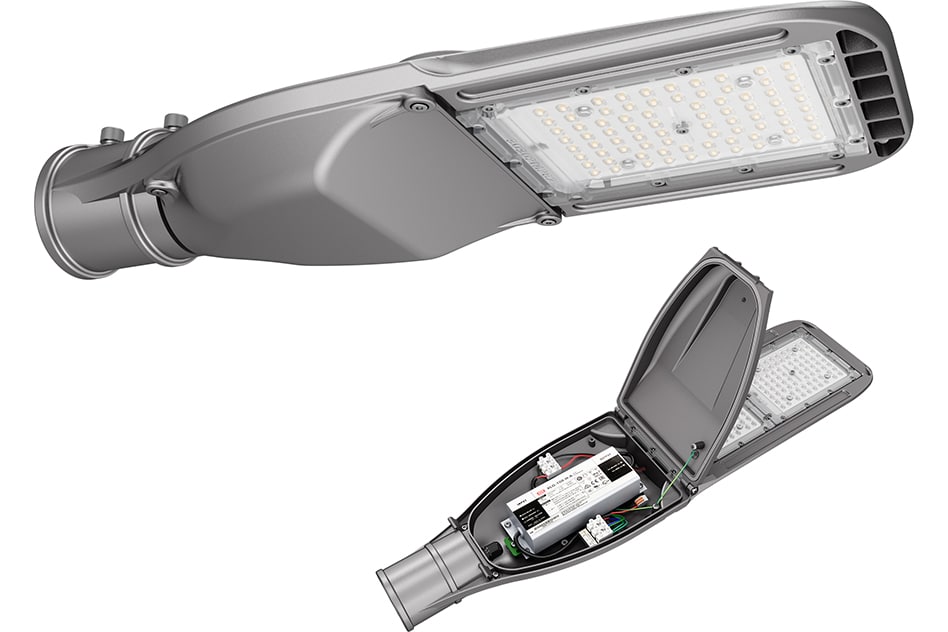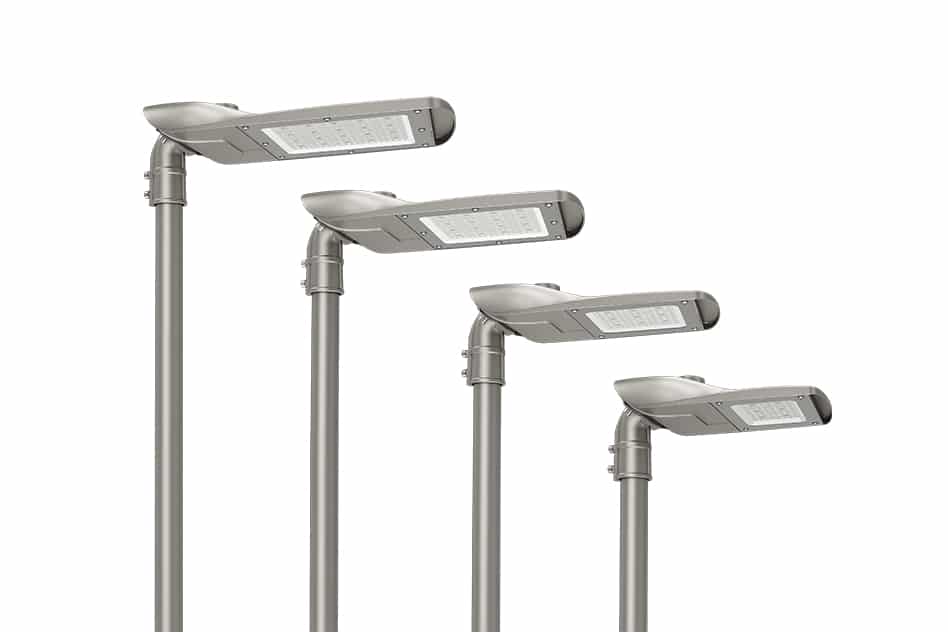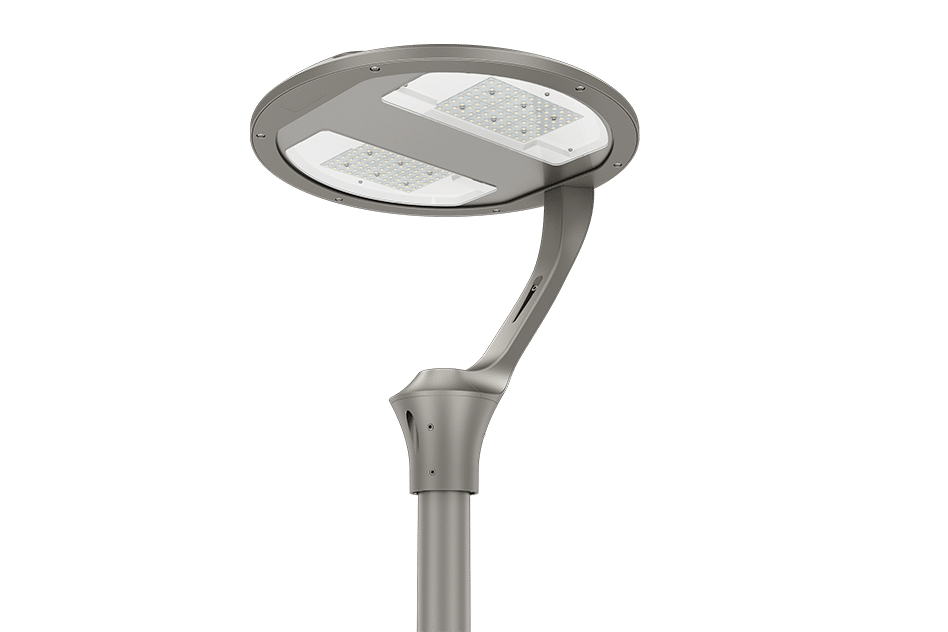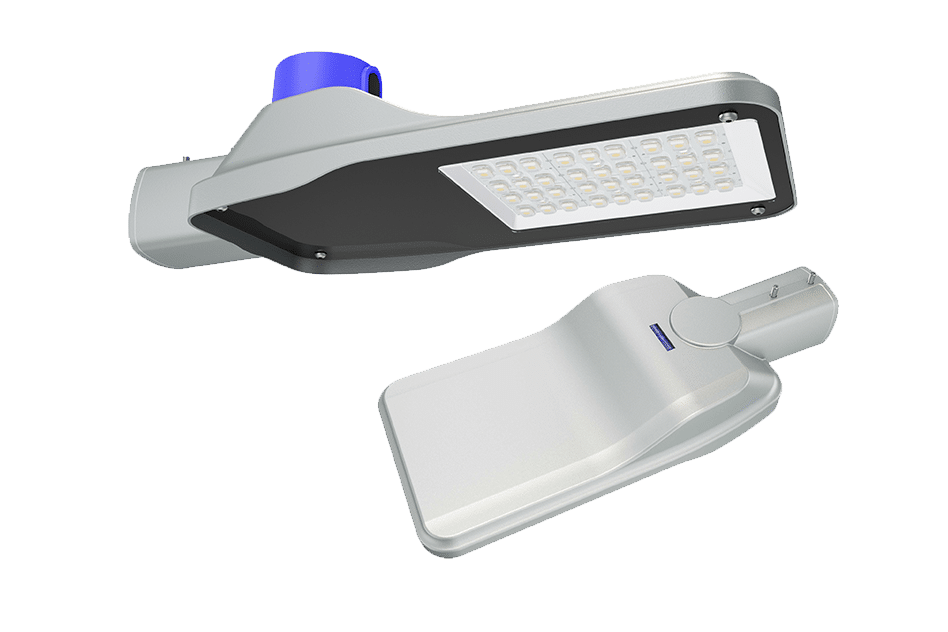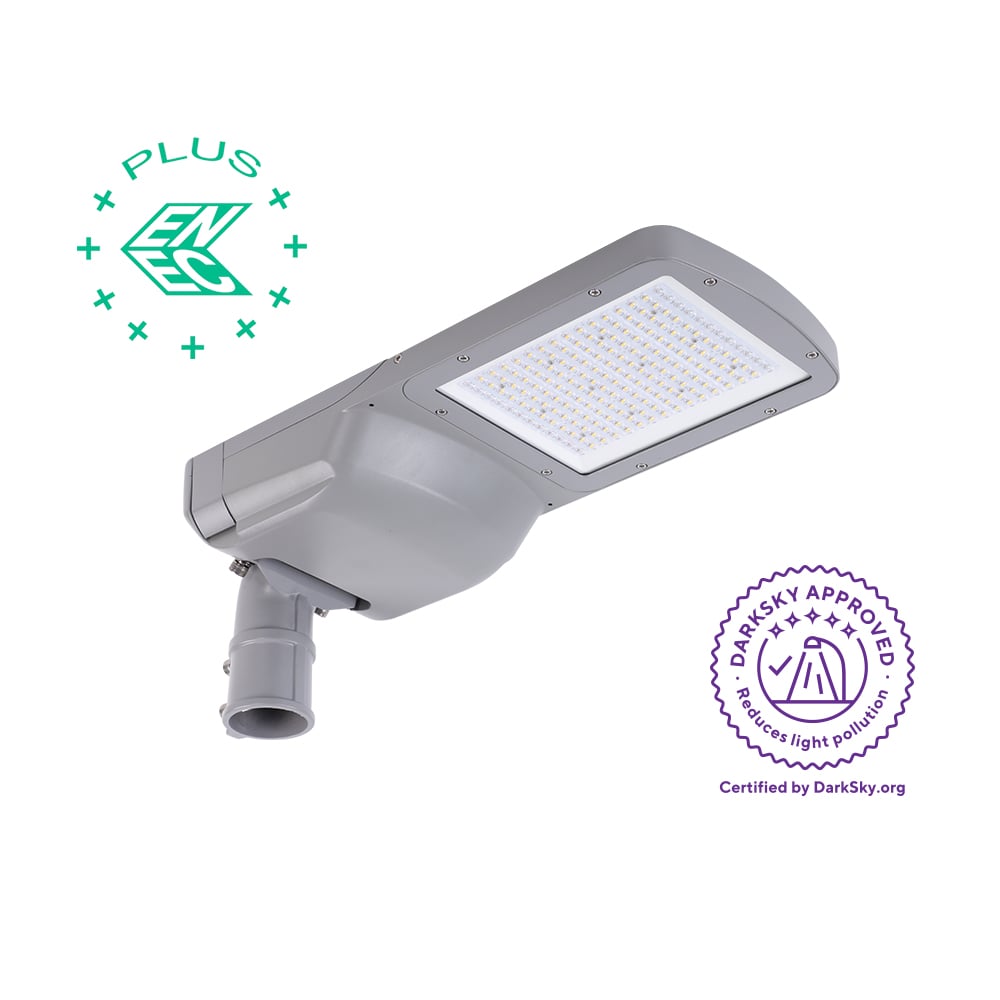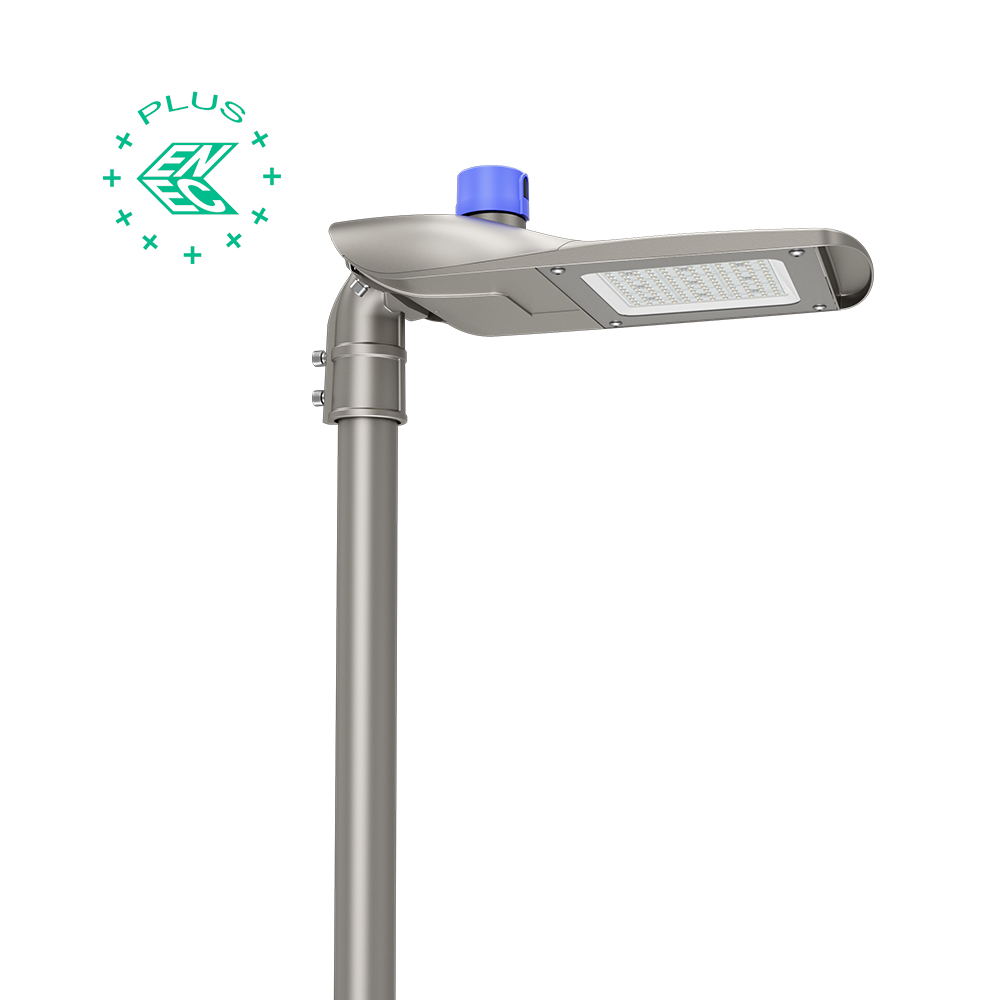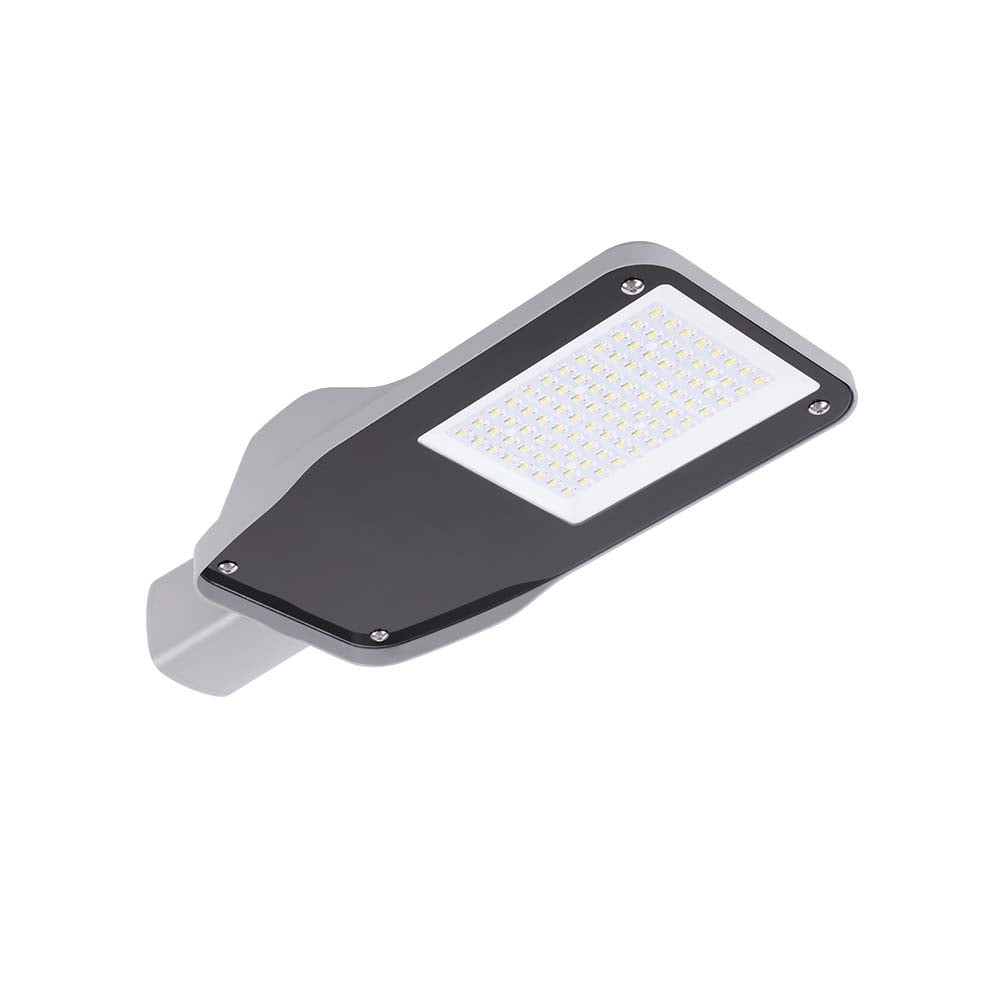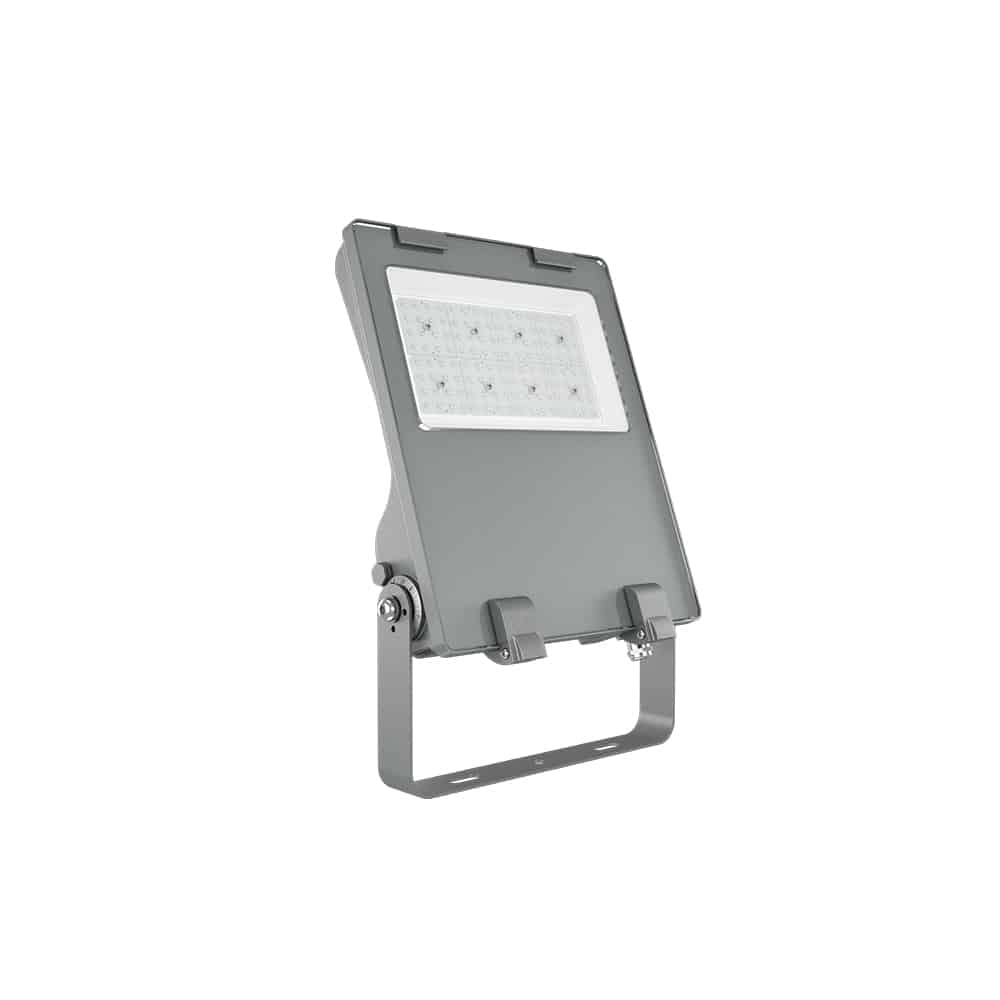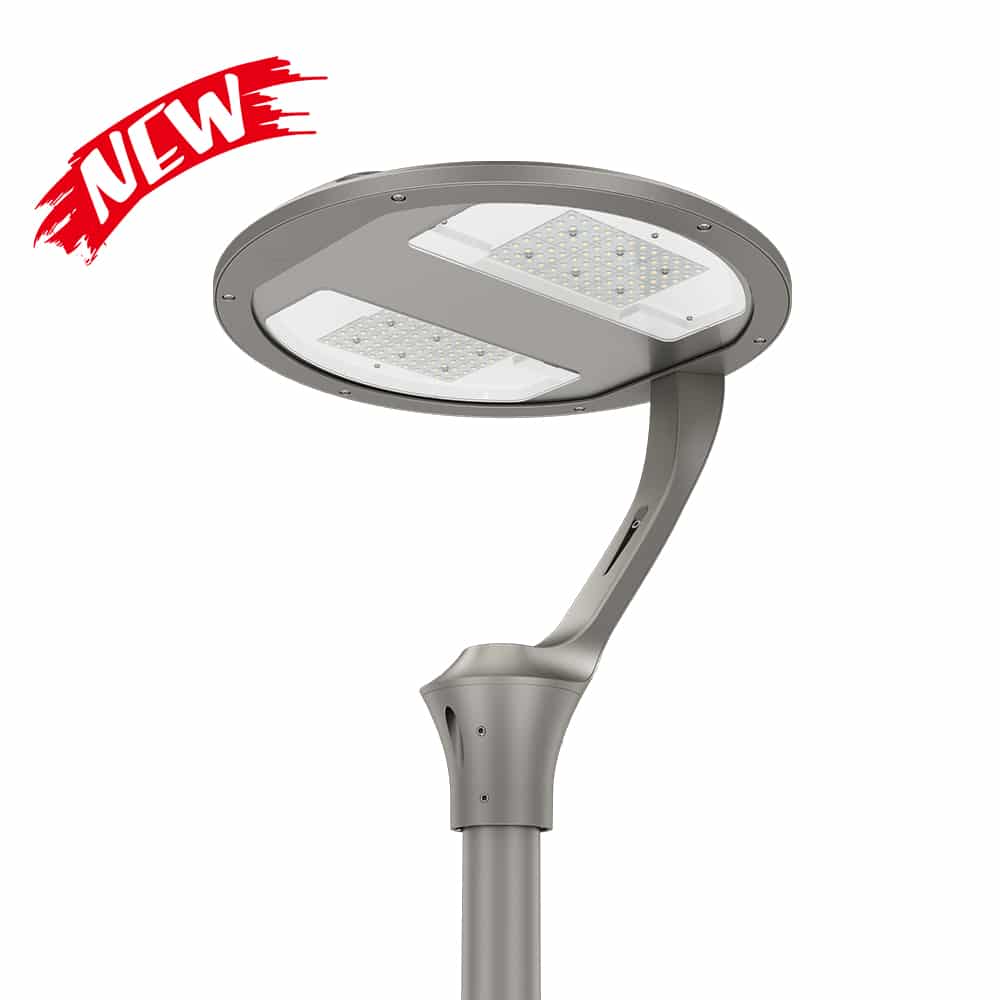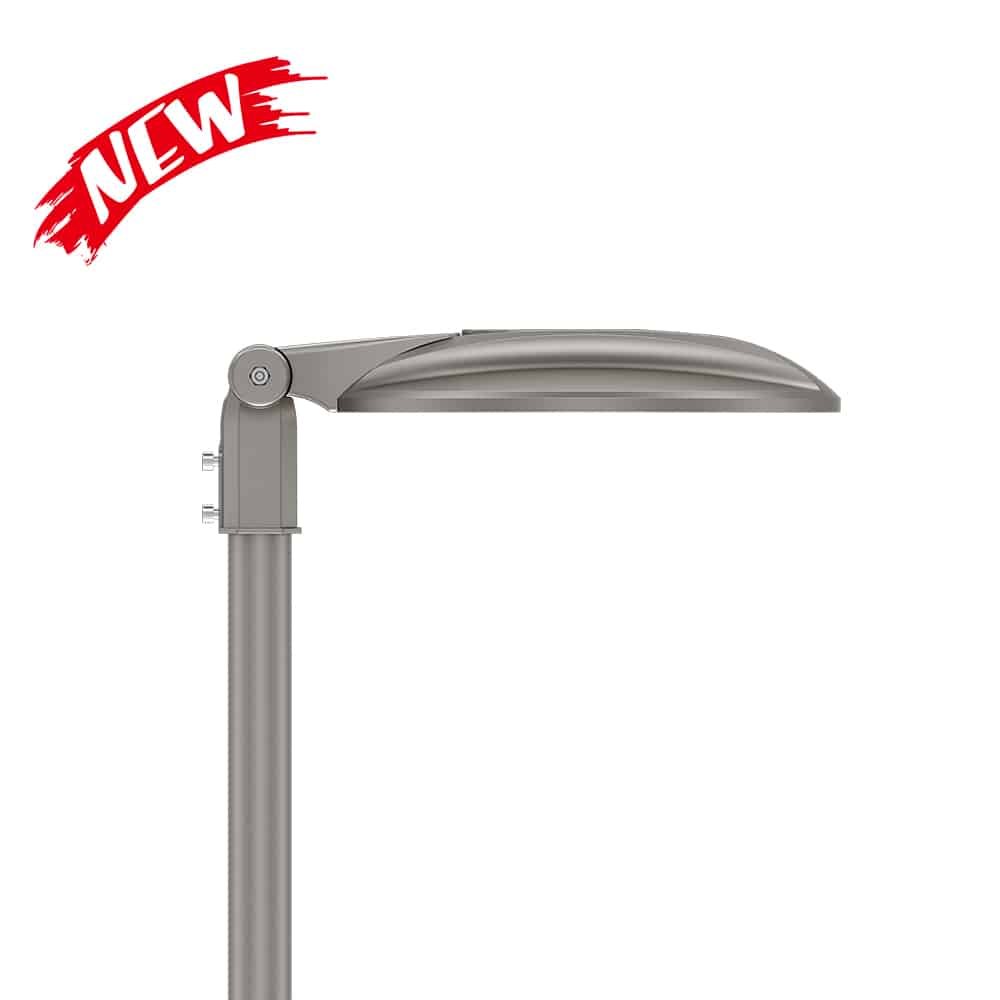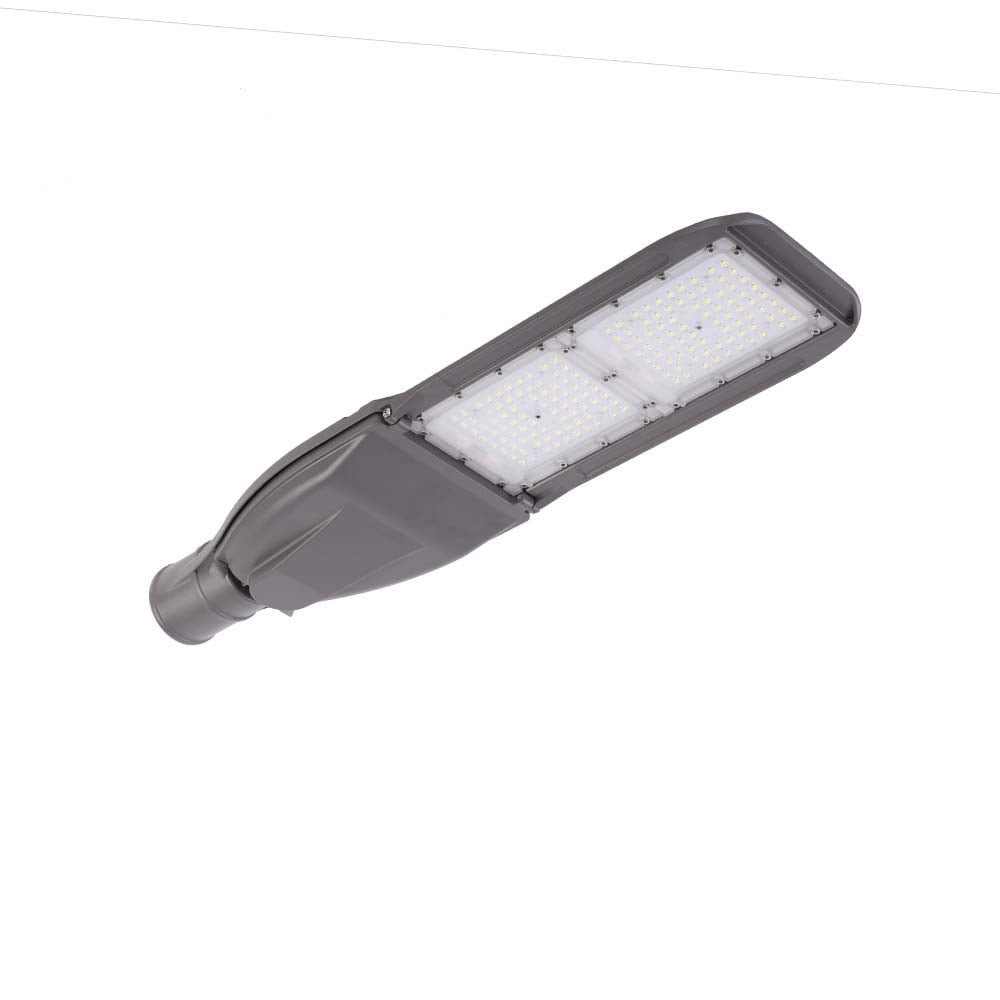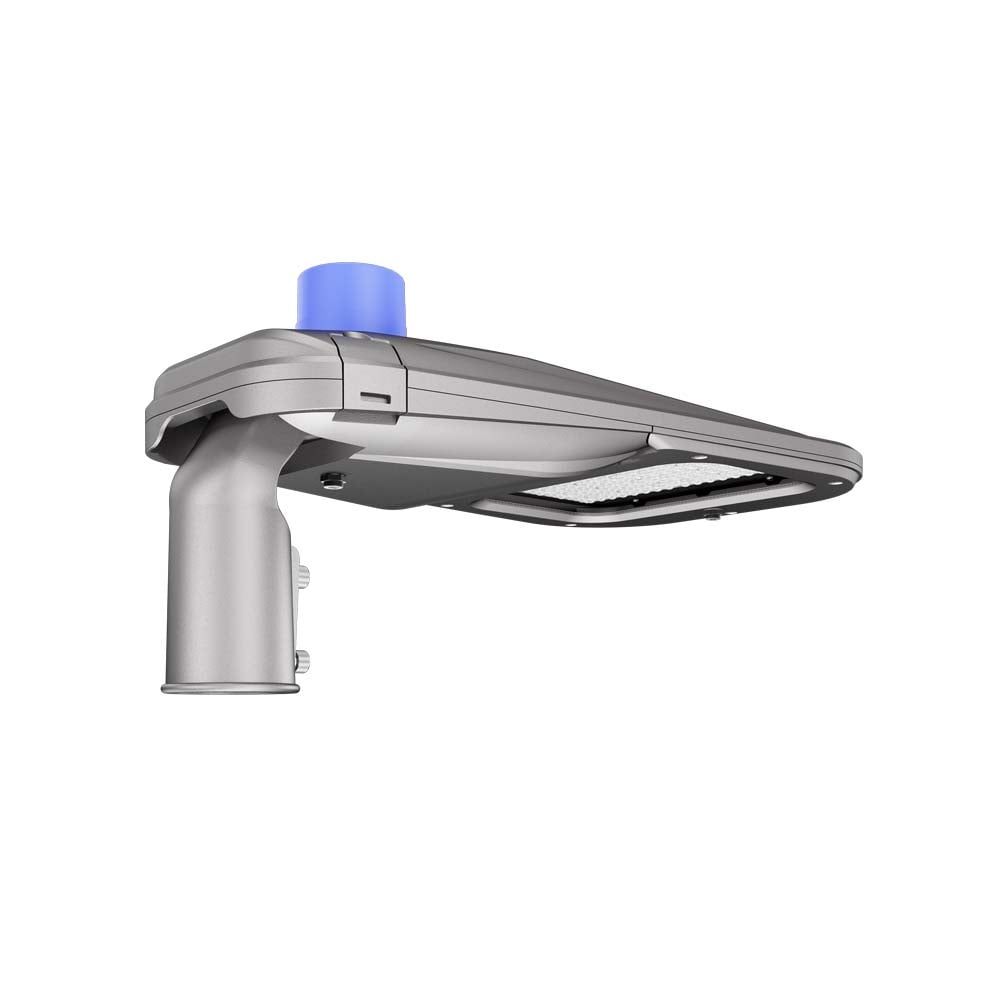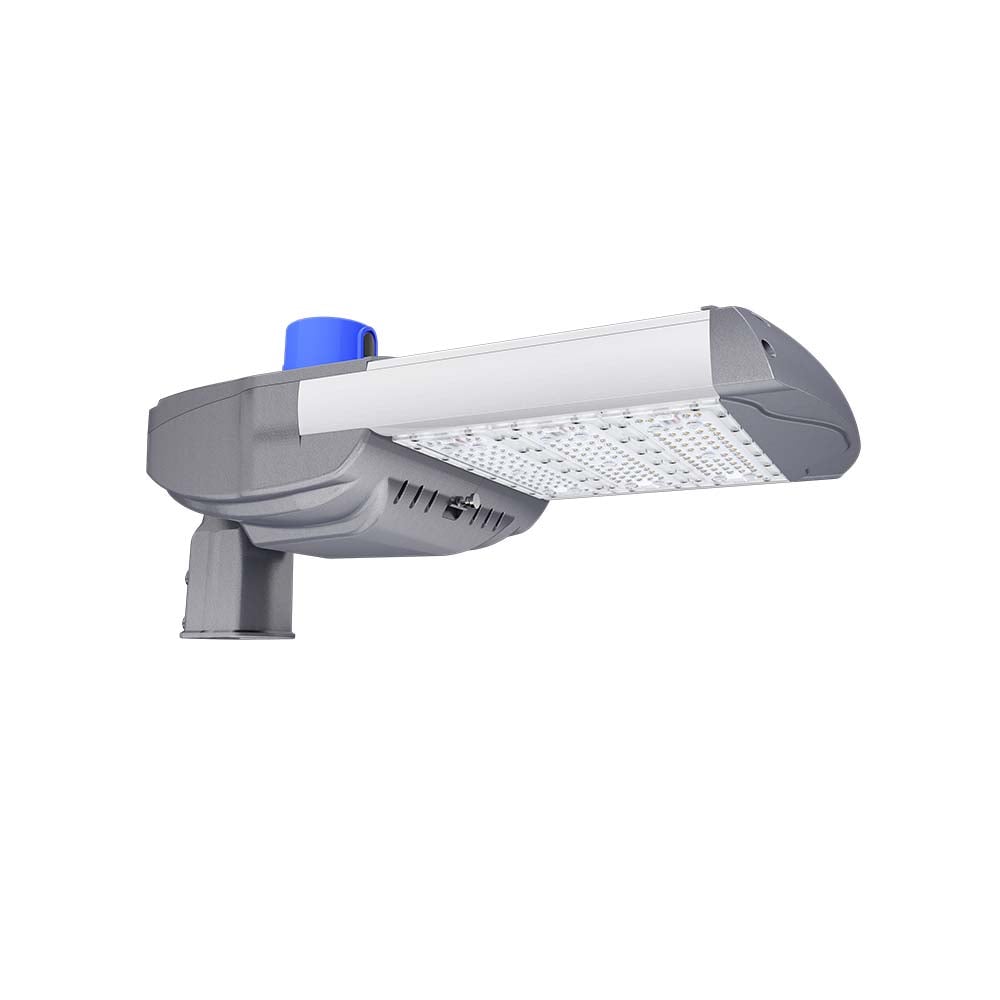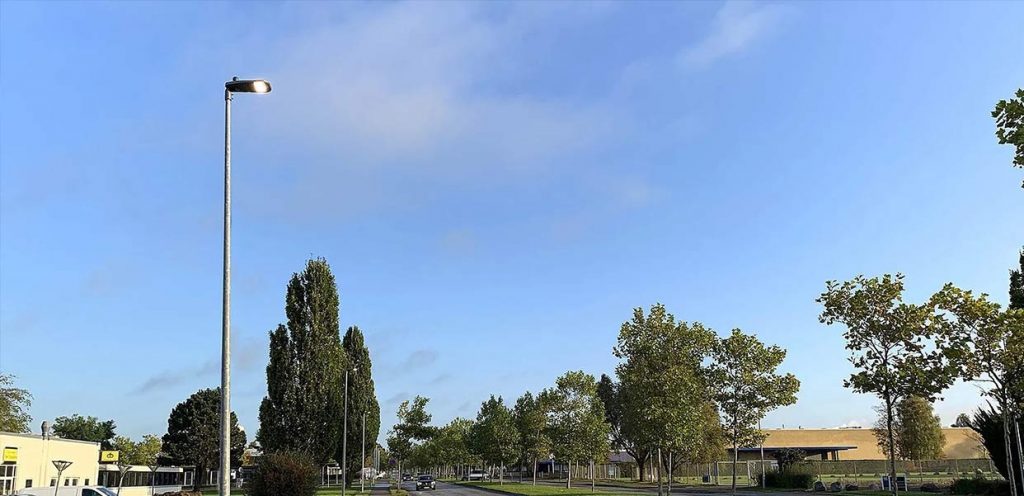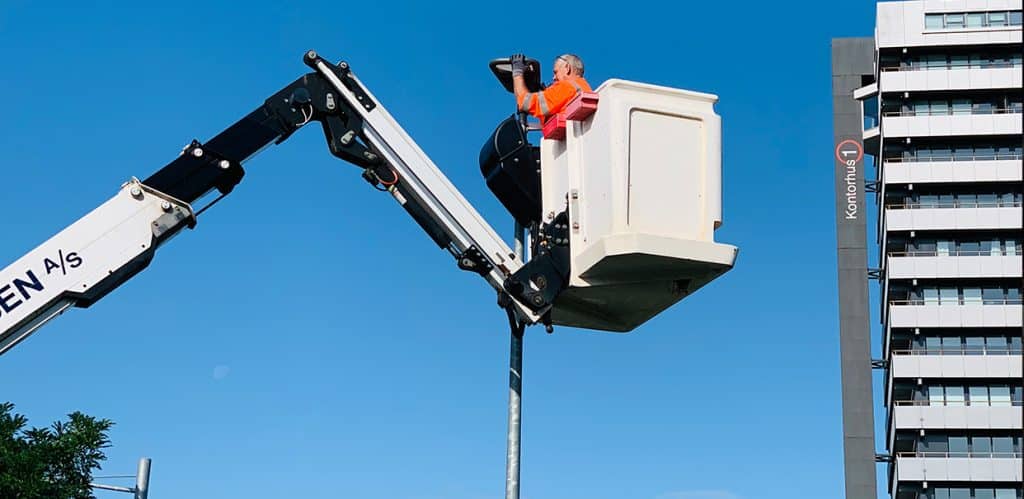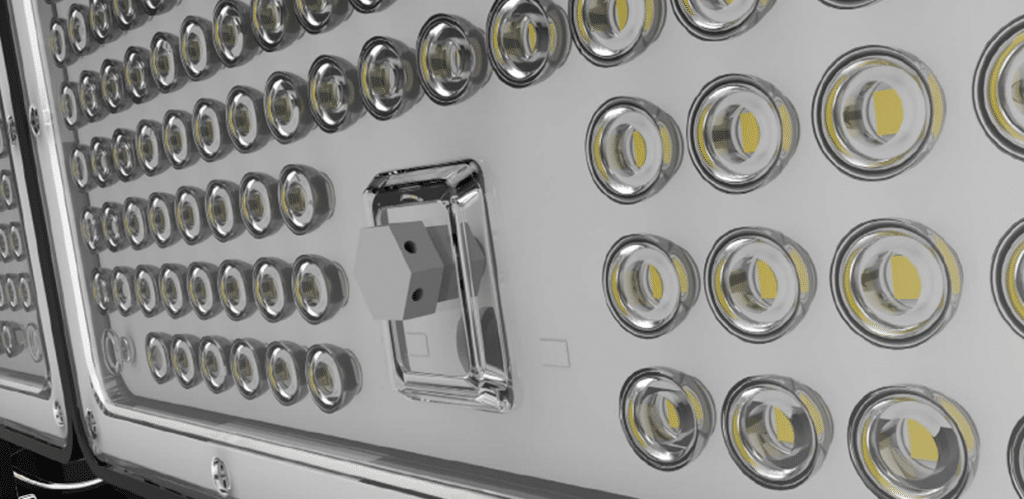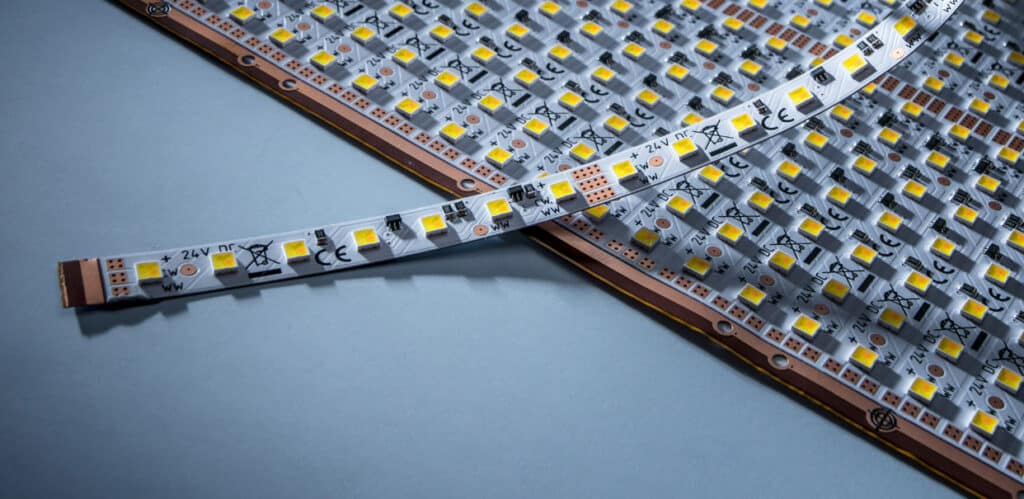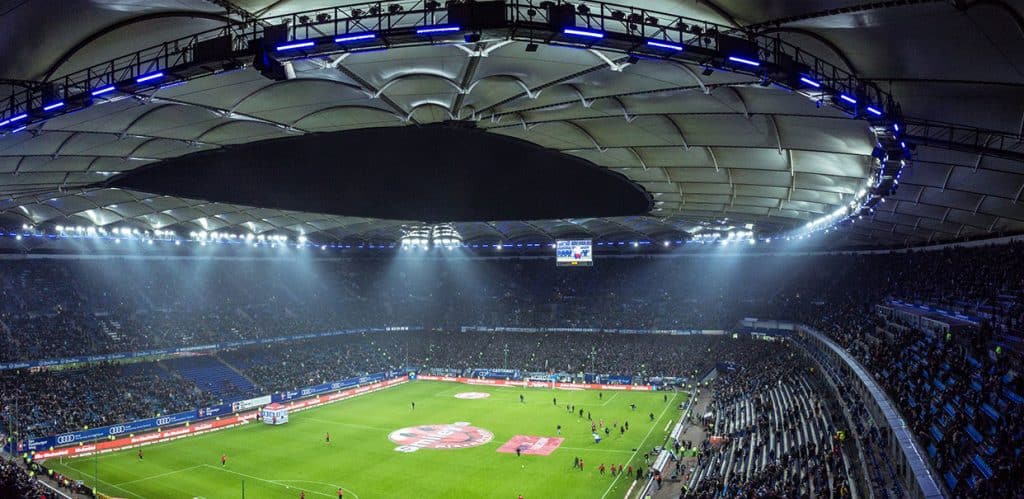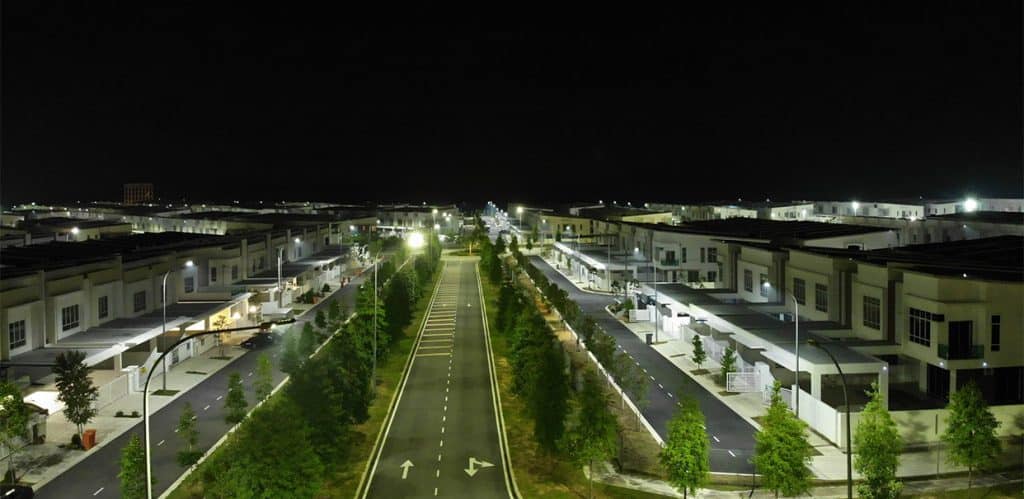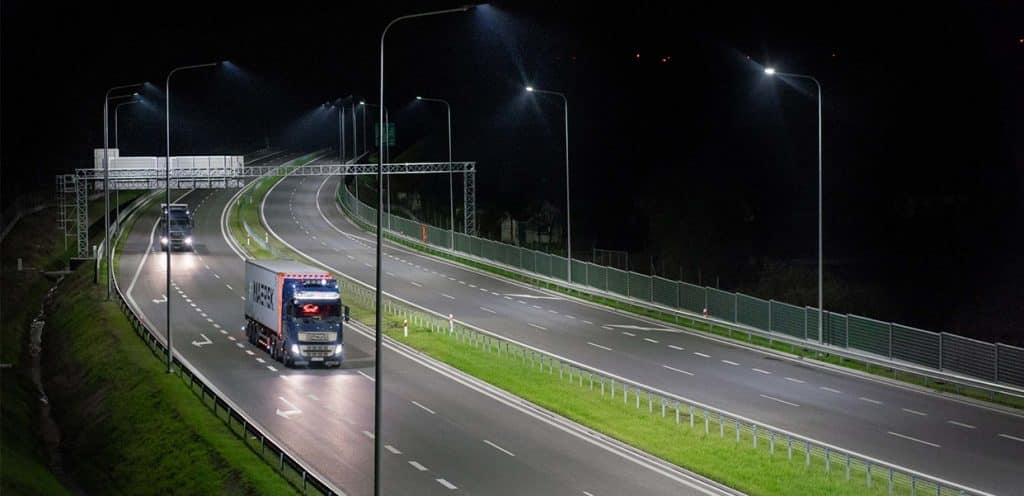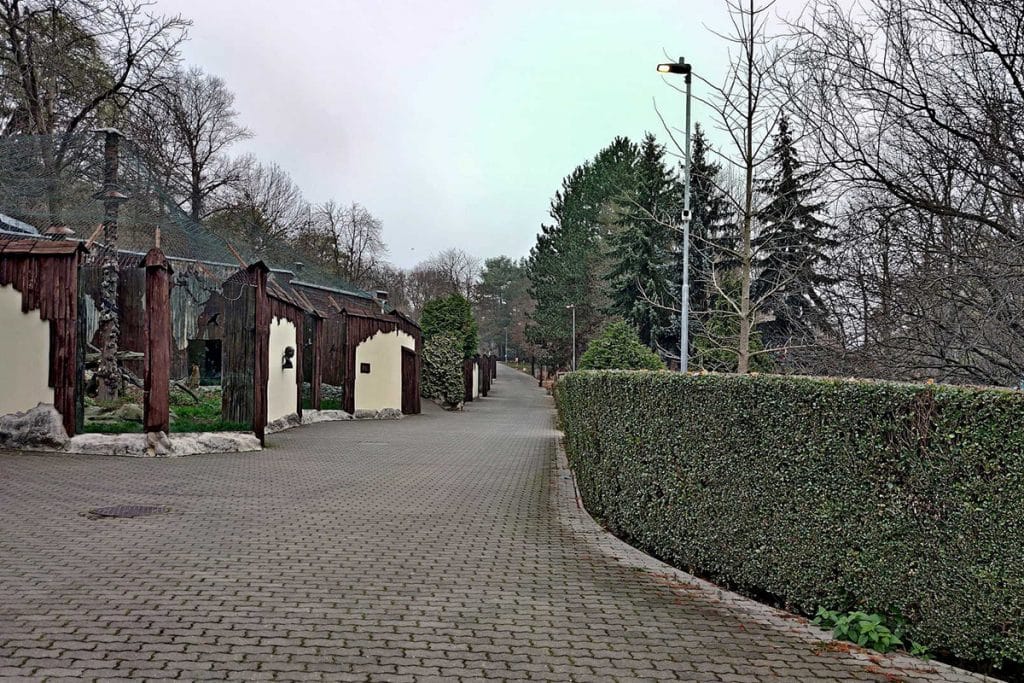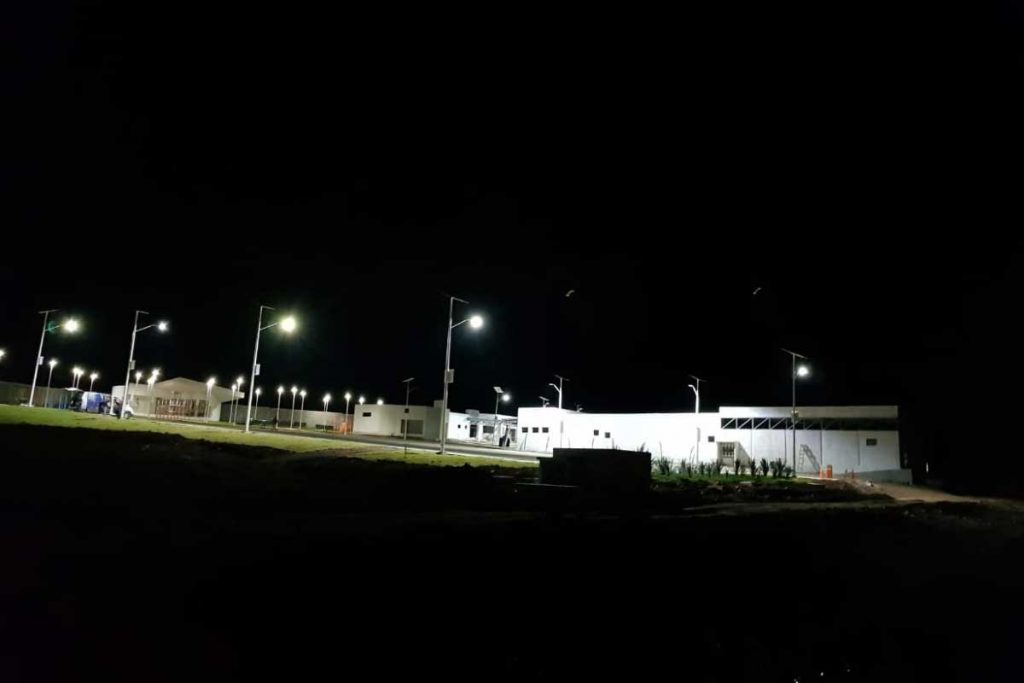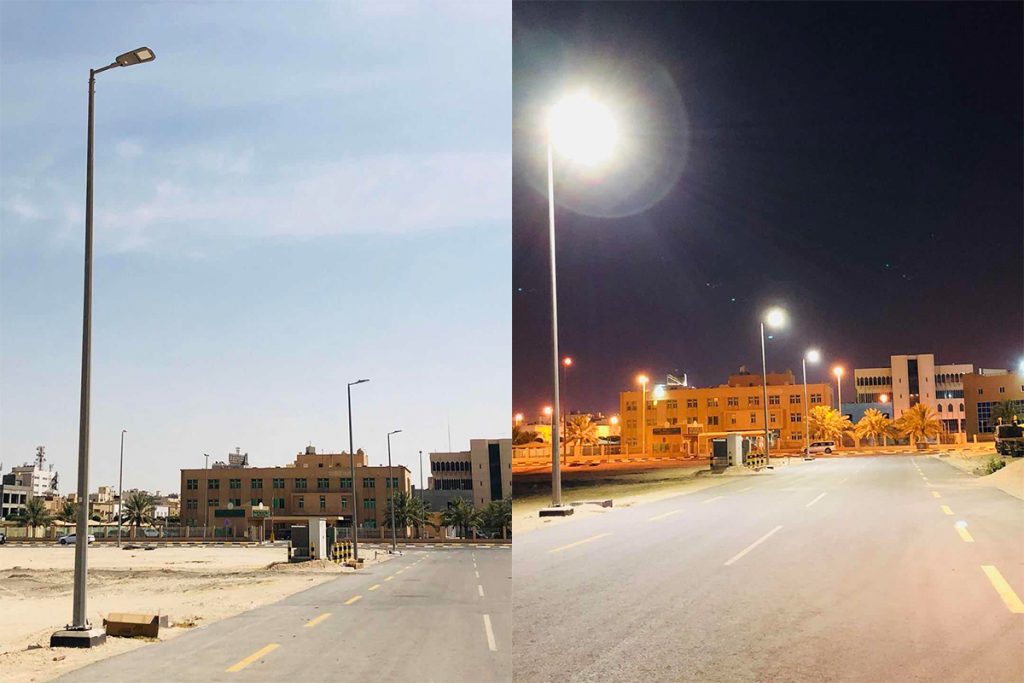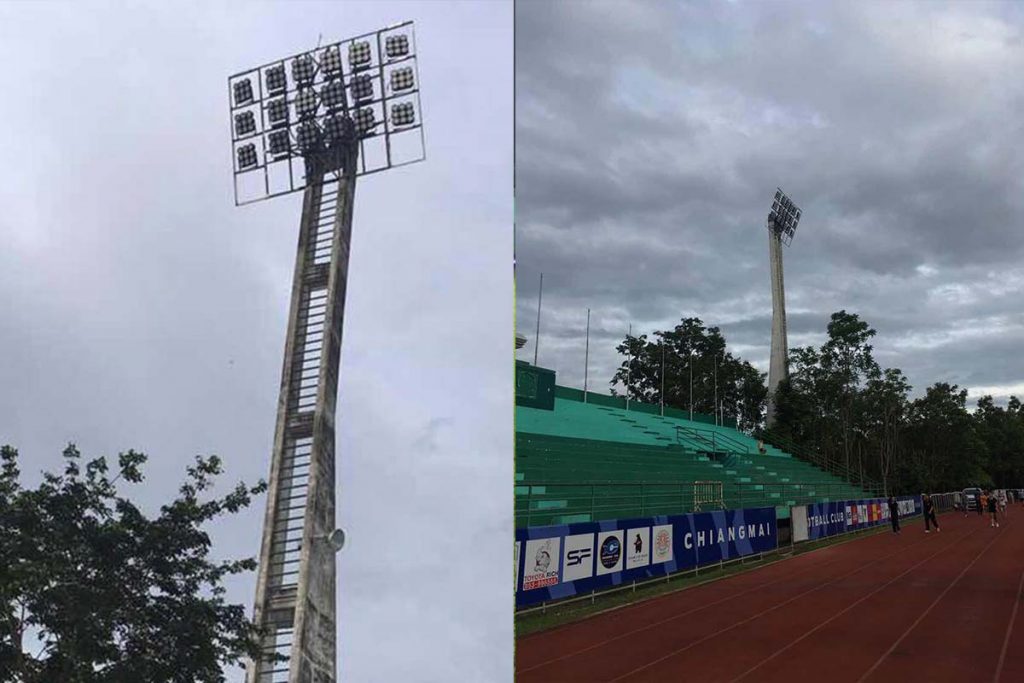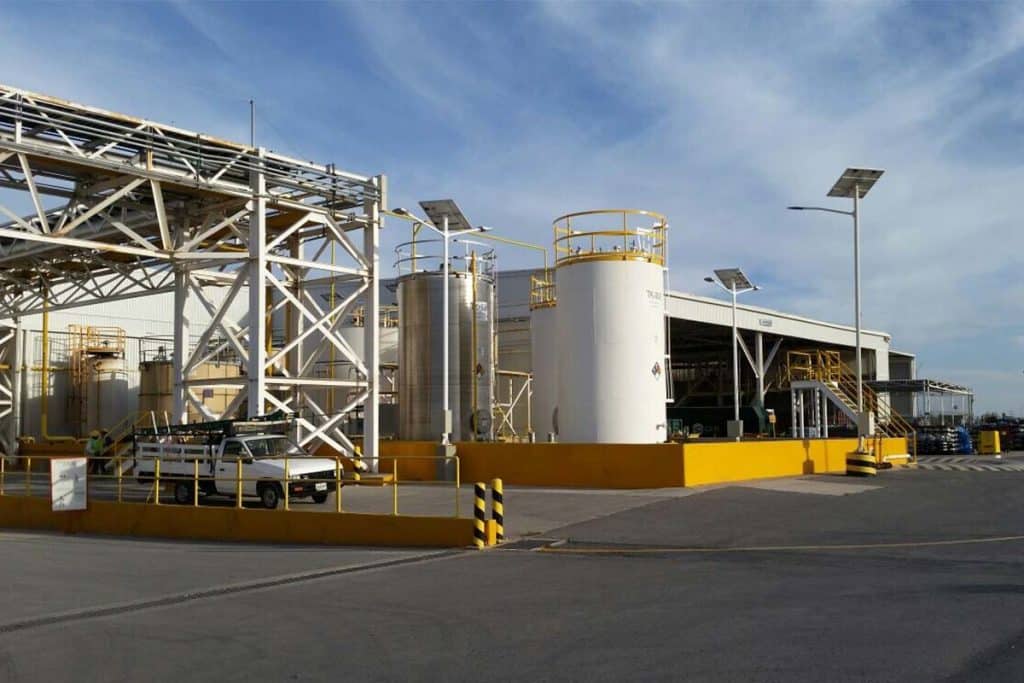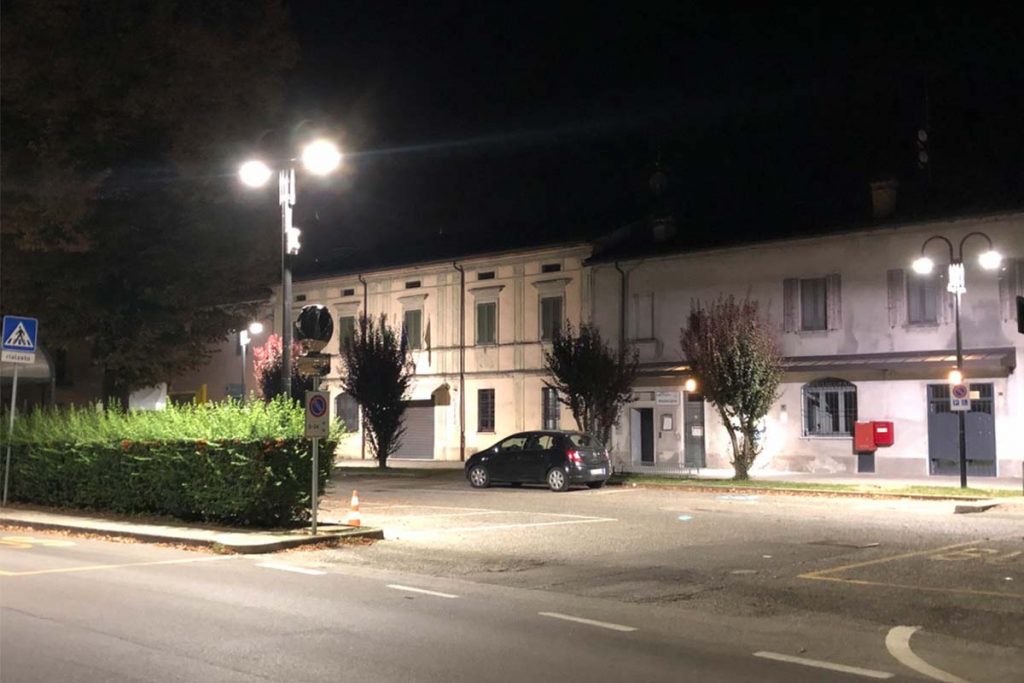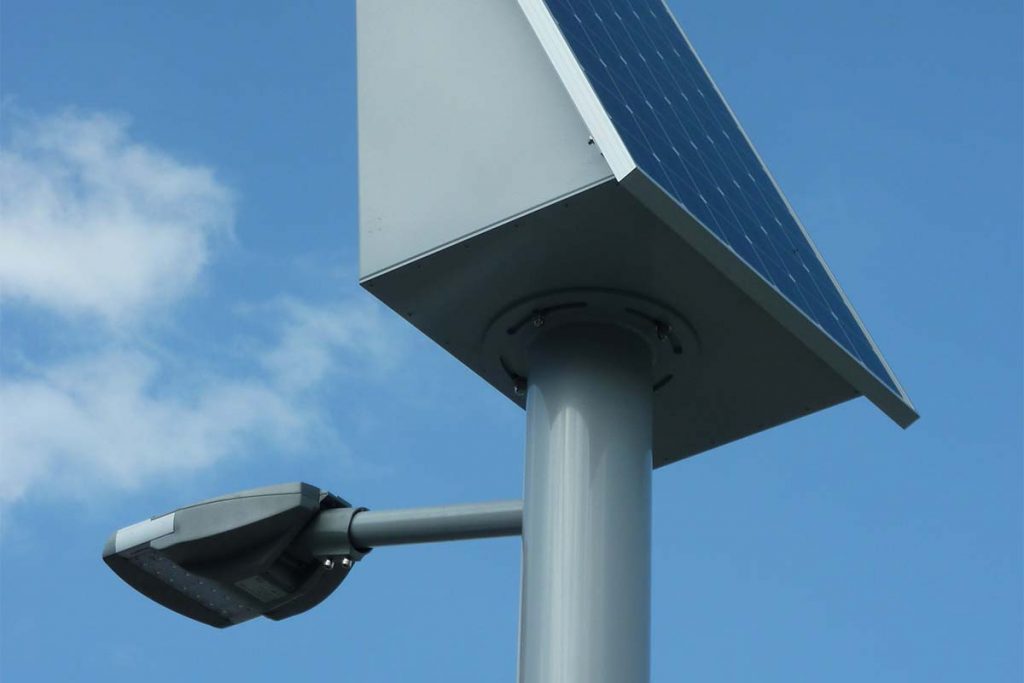Performance requirements of LED luminaires
Performance requirements of LED luminaires
Introduction
The application of LEDs in the lighting field is developing rapidly. Around the world, about 1/3-1/2 of commercial, industrial and outdoor luminaires use LED modules. The potential energy savings of LEDs exceeds 50%, which, combined with the longevity of LED luminaires, greatly reduces operating and maintenance costs. These make the payback time of LEDs short, and lighting projects are more inclined to choose this environmentally friendly lighting technology.
Over the past few years, the market transition to LED lighting has been much faster than research predicted. The development of new electronics and lighting standards is sometimes difficult to keep up with, and various standards are constantly being updated. For decision makers and users, it is very necessary to know more about LED lighting technology, performance and standards to choose high-quality LED lighting. This not only enables faster selection of luminaires for industry customers that suit their requirements, but also ensures that the selected new lighting solutions comply with relevant standards and lighting requirements.
Standards refer to performance requirements of LED luminaires
In the LED lighting industry, it is very necessary to identify the main parameters of LED lamps and understand the meaning of each parameter. The general EU rule is that electrical equipment, including lamps, may only be placed on the market only if the essential requirements of the relevant European directives (translated into national law) are complied with. Light sources (lamps, modules) and luminaires for lighting are governed by the Low Voltage Directive, the EMC Directive, the ErP Directive and the general product safety directive. Therefore, these products (including street lights, flood lights, stadium lights, and indoor lighting) need to meet EMC, EMF, eco-design and other requirements. The International Electrotechnical Commission (IEC) has developed performance standards for LED luminaires and LED modules. Performance standards for LED products define quality criteria and specify agreed general measurement conditions. Therefore, all those involved or active in the LED industry have a basis for comparing and evaluating the performance of LED lamps. This article is based on the following standards for LED luminaires and LED modules.
- IEC 62722-1:2014, Luminaire performance Part 1: General requirements.
- IEC 62722-2-1:2014-11, Luminaire performance Part 2-1: Particular requirements for LED luminaires.
- IEC 62717:2014-12+AMD:2015, Performance requirements of LED modules for general lighting
- IEC 62031:2020, LED modules for general lighting. The performance requirements of LED luminaires are directly related to the provisions of the LED module standard; therefore, this standard also needs to be considered when evaluating LED lighting systems.
- IEC 62778:2014, Assessment of blue light hazard of all lighting products.
- IEC 13032-1:2004, IEC 13032-2 and IEC 13032-4:2015, Light and lighting – lighting distribution and luminous flux.
Basic performance requirements
Rated input power of LED luminaires (in W)
If the luminaire adopts replaceable LED modules/lamps, the nominal input power and the number of LED modules shall be declared. For luminaires using LED modules, the rated input power of the luminaire needs to be declared in the lamp specification. Under rated voltage, rated ambient temperature Ta and 100% luminous flux (light output) after thermal stabilization, the measured input power (W) of LED lamps shall not exceed 10% of the declared rated input power. When the rated input power < 10w, it needs to be accurate to one decimal place. When the rated input power is greater than or equal to 10w, it must be declared as an integer. For luminaires with constant luminous flux technology, the rated input power shall be declared at the beginning and end of the luminaire lifetime LxBy or on the basis of the median luminaire lifetime Lx.
Rated luminous flux of LED luminaires (in lm)
If it is an LED luminaire, the rated luminous flux lumen (lm) needs to be declared in the product documentation. This usually refers to the initial luminous flux of a new luminaire under specified operating conditions. The rated luminous flux of the luminaire can be determined by appropriate calculation methods. The measured initial luminous flux value of the luminaire shall not be lower than the published rated luminous flux by more than 10%. Unless otherwise stated, the luminous flux value declared for the LED luminaire as a whole is based on an ambient temperature of 25°C. Further information on establishing luminous flux values (so-called absolute photometry) can be found in the standard EN 13032-4.
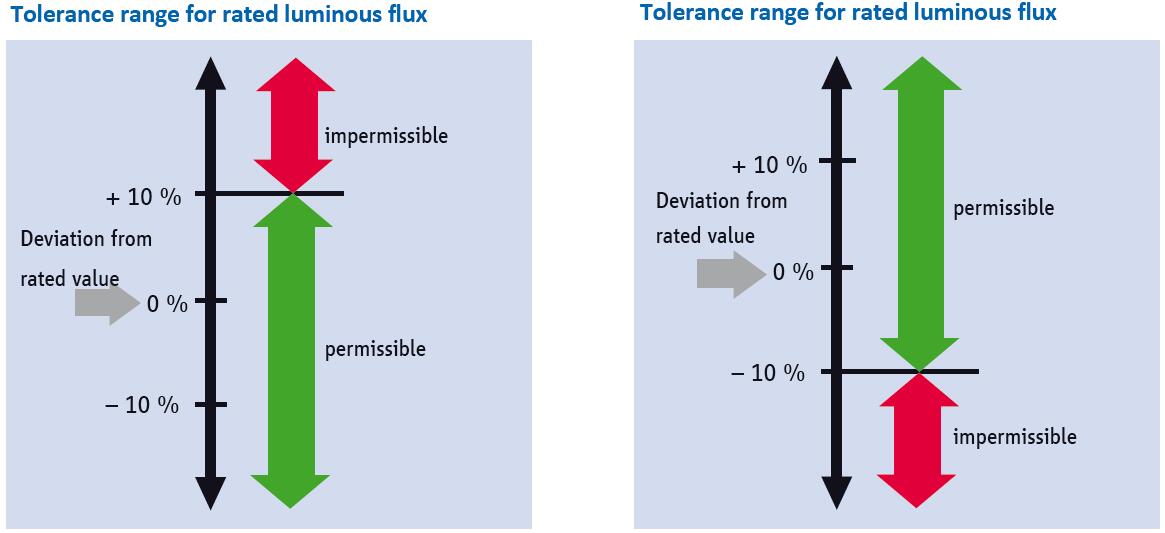
Luminous efficacy of LED luminaires (in lm/W)
The luminous efficacy of LED lamps is the ratio of the luminous flux emitted by the lamp to the power consumed (unit: lumens/watt), measured in lumens per watt. It is a measure of how well a light source produces visible light. Generally speaking, the higher the efficacy, the lower the wattage in which the fixture can illuminate the target area. However, to evaluate the performance of lamps, it is generally not enough to only consider the luminous efficacy, because the lumen output of lamp also includes stray light, which does not contribute to the illumination of the target area. For example, for narrow beam flood lamps and street lamps, not only luminous efficacy but also luminous Intensity distribution need to be considered, see the next section for details.
Luminous intensity distribution of LED luminaires
Luminous intensity distribution is established with a goniophotometer and it will be recorded in the lighting design files (IES or LDT files). The spatial distribution of light intensity of a light source or lamp is represented by a light intensity distribution curve. The left side of the figure below shows the luminous intensity distribution of indoor lamps, and the right side of the figure below shows the luminous intensity distribution of street lights. Sections on the vertical axis are represented by intensity distribution curves (IDC) in C-planes with associated beam angles γ, which need to be plotted in polar coordinates to comply with standard EN 13032-2. The value of light intensity is expressed in cd (candela) or cd/klm (candela per thousand lumens). See a separate article for more details on interpreting intensity distribution curves.
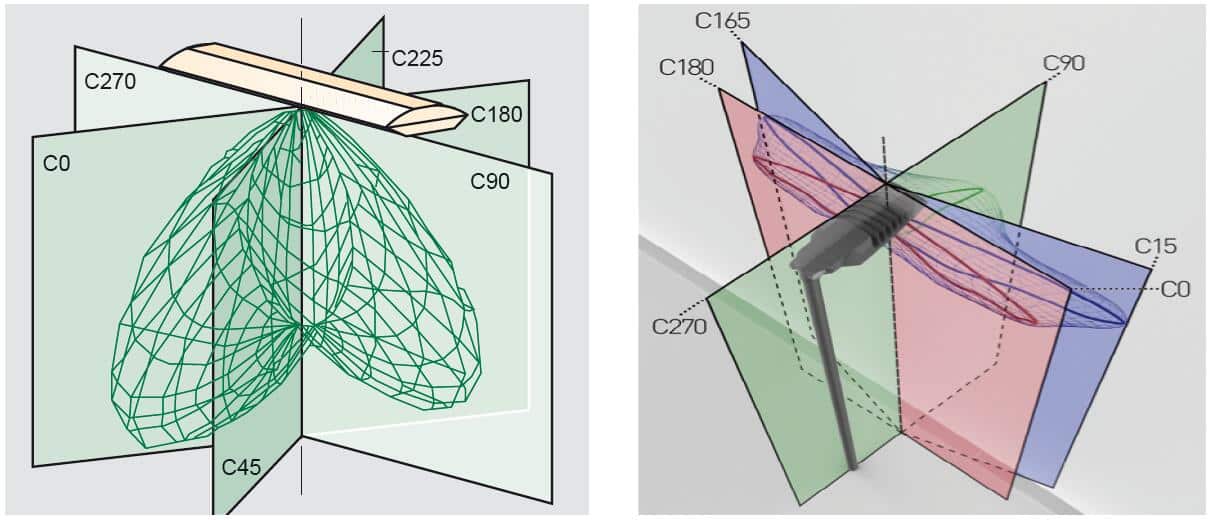
Luminous flux factor
The luminous flux factor describes the depreciation of the luminous flux over time due to the aging of the luminaire during normal operation (this excludes external factors such as dirt, optics and light glass). This is defined as the ratio of the depreciated luminous flux to the initial luminous flux. For outdoor lighting, the luminous flux factor shall be determined at the luminaire level. The luminous flux factor shall be determined based on the rated useful lifetime of a luminaire and shall be provided by the manufacturer according to the standard IEC 62722-2-1:2014. For EXAMPLE, the median useful life Lx equals project implementation time. The median useful life L90 = 100 000 h translates to 90 % remaining luminous flux at 100 000 h, which results in a luminous flux factor = 0.90.
Chromaticity coordinates
Chromaticity coordinates is an objective measure of color quality independent of brightness. Chroma consists of two separate parameters, usually designated as hue (h) and chroma (s), where the latter is also known as saturation, chroma, intensity, or purity of excitation. The amount of this parameter follows most people’s trichromatic vision, which is what most color science models assume.
The chromaticity diagram is a graph which shows all possible colors. Each color is defined by a pair of numerical co-ordinates – the chromaticity co-ordinate. We can use the chromaticity diagram to see how different colors of light mix together. The points on the curved border are pure spectral colors – the colors of the rainbow. The straight line between any two points on the diagram show all the colors that can be produced by mixing those colors. So any color inside the diagram can be made in different ways. Only the colors around the edge of the diagram are unique colors. If we extend this idea to mixtures of 3 colors we get a triangle. This triangle is called a colors gamut. They are inside the gamut shows all the colors that can be made from mixing the 3 colors in the corners. The edges of the gamut are the colors made by mixing the two colors at the end of the line.
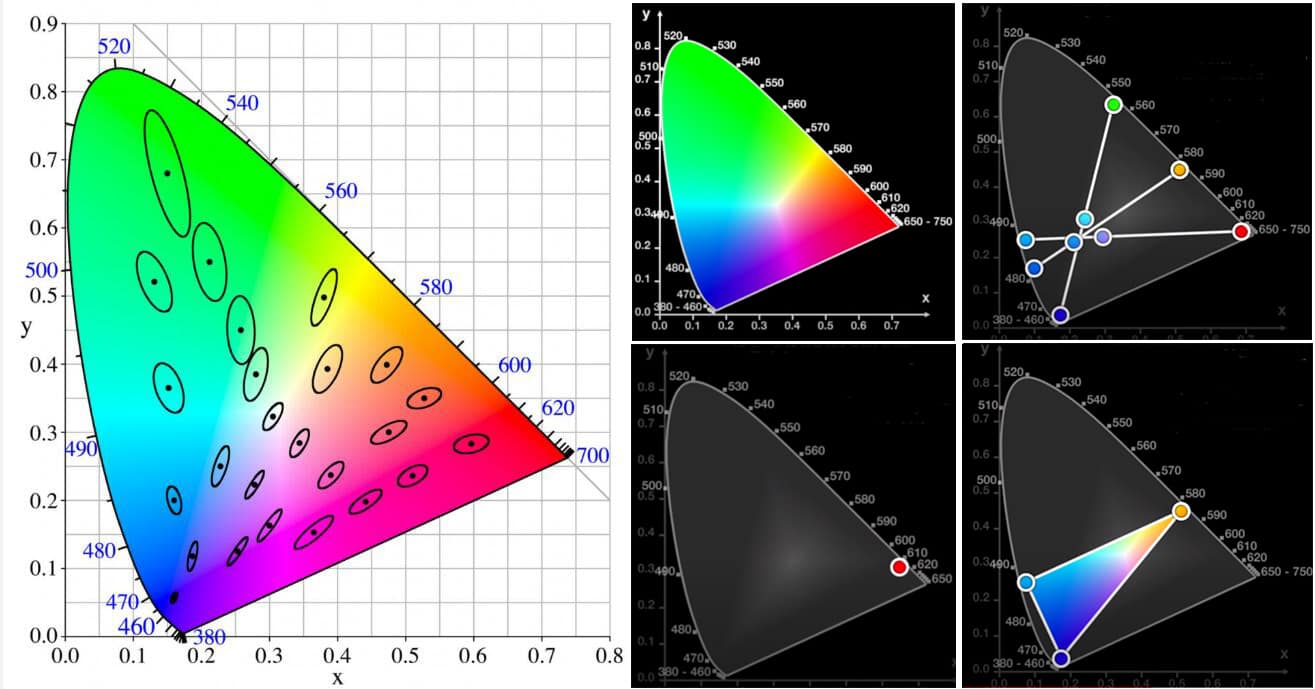
Color rendering
Color rendering, expressed by color rendering index (Ra). Although light sources produce the same light color, light sources can have different color rendering due to the different spectral composition of their light beams. The general color rendering index Ra is introduced, which provides a scale for objectively identifying the color rendering characteristics of light sources. It represents how well an object’s perceived color matches its appearance under a specific reference light source. According to EN 12464-1, light sources with a color rendering index below 80 should not be used in workplaces where people spend a lot of time. Color rendering with an Ra value above 90 is said to be very good and between 80 and 90 is described as good.
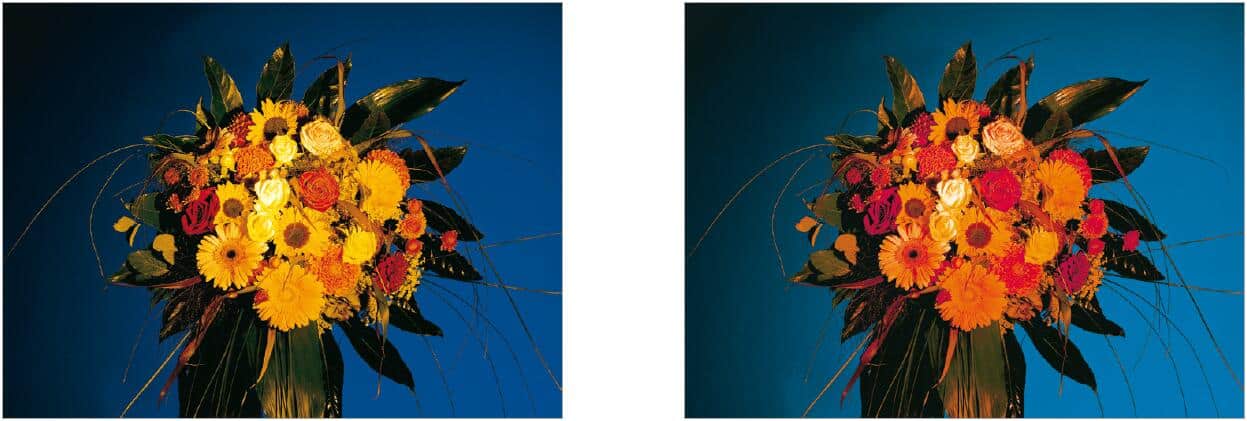
Color tolerance
Color tolerances can be precisely defined using the x and y coordinates on the CIE chromaticity diagram. In 1942, scientist McAdam experimented with 25 colors using correlated color temperature, taking measurements of about 5 to 9 opposite sides of each color point and recording the two points when they were able to distinguish the color difference. The result is a number of ellipses of varying sizes and lengths known as MacAdam ellipses – MacAdam ellipses theory. A MacAdam ellipse refers to the region on the CIE chromaticity diagram that contains colors that the human eye cannot distinguish from the color at the center of the ellipse. The outlines of the ellipses represent distinguishable colors. MacAdam ellipses are often extended, for example to three, five or seven times their original diameter. These 3-, 5-, or 7-step MacAdam ellipses are used to differentiate two light sources, and the steps represent the range of chromatic aberration. A light source with a 3-step MacAdam ellipse shows less variance than a light source with a 5-step MacAdam ellipse. Care should be taken to ensure that chromatic aberration is small, especially in lighting applications where light sources are not far apart and can be seen at the same time.
Rated ambient temperature for luminaires
The performance of the luminaire is affected by the ambient temperature. The rated ambient temperature Ta is the highest continuous temperature at which the luminaire can work under normal operating conditions (it may briefly exceed 10K during operation). When Ta = 25°C, the luminaire does not need to be declared, while other rated ambient temperature values need to be declared. In order to prove that the lamp can work normally for a long time at high temperature, 62722-2-1 introduces the parameter Tq. The temperature Tq (quality) indicates the highest rated ambient temperature allowed under the specified performance level (including expected life, lighting characteristics). For example, ZGSM lamps can work normally at 50 degrees Celsius for a long time, so the nominal Tq=50°C.
Longevity criteria for LED luminaires
The lifetime of an LED luminaire is not defined solely by the point of abrupt failure. Most lamps won’t actually fail at all for a certain amount of operating time, but their brightness will decrease (degrade) over time, which is called gradual light output degradation. Therefore, the lifetime of LED luminaires is basically limited by luminous flux falling below a predefined minimum level “x[%]” and abrupt failure. Failure of the LED control gear is not taken into account here. In addition to LED degradation, reduction or degradation of luminous flux may be due to the failure of individual LEDs or LED modules. In the IEC62717 and IEC62722 standards, there are detailed descriptions of the lamp life standards, and ZGSM has also made a detailed introduction in related blog.
Parameters of LED luminaires and their verifications
ZGSM solution with good lighting performance
ZGSM can provide reports of various lamp parameters such as LM80, TM21, ISTMT, LM79, IEC62717, and IEC62722. In these reports, the parameters include wattage, lumens, efficacy, color temperature, color rendering index, temperature, and lifetime. Below we list the different ZGSM street lights, along with those certificates and reports issued by third parties.
Summary
Through this article, we hope that everyone has a certain understanding of the performance requirements of LED lamps. These performance requirements include wattage, luminous flux, luminous efficacy, light distribution, color temperature, display index, color tolerance, life (luminous flux factor) and others (luminous maintenance factor and abrupt failure). These parameters are what lighting projects need to pay attention to. They involve whether they meet the requirements of the project, including energy efficiency, illuminance and daily maintenance. This article is just a brief introduction, as follows for in-depth understanding, you can check the relevant content online, of course, you can also read our previous blog.
Rated Products
Related Blogs
Related Cases
People also ask
Author introduction

Hello Customers,
My name is Taylor Gong, I’m the product manager of ZGSM Tech. I have been in the LED lights industry for more than 13 years. Good at lighting design, street light system configuration, and bidding technology support. Feel free to contact us. I’m happy to provide you with the best service and products.
Email: [email protected] | WhatsApp: +8615068758483

